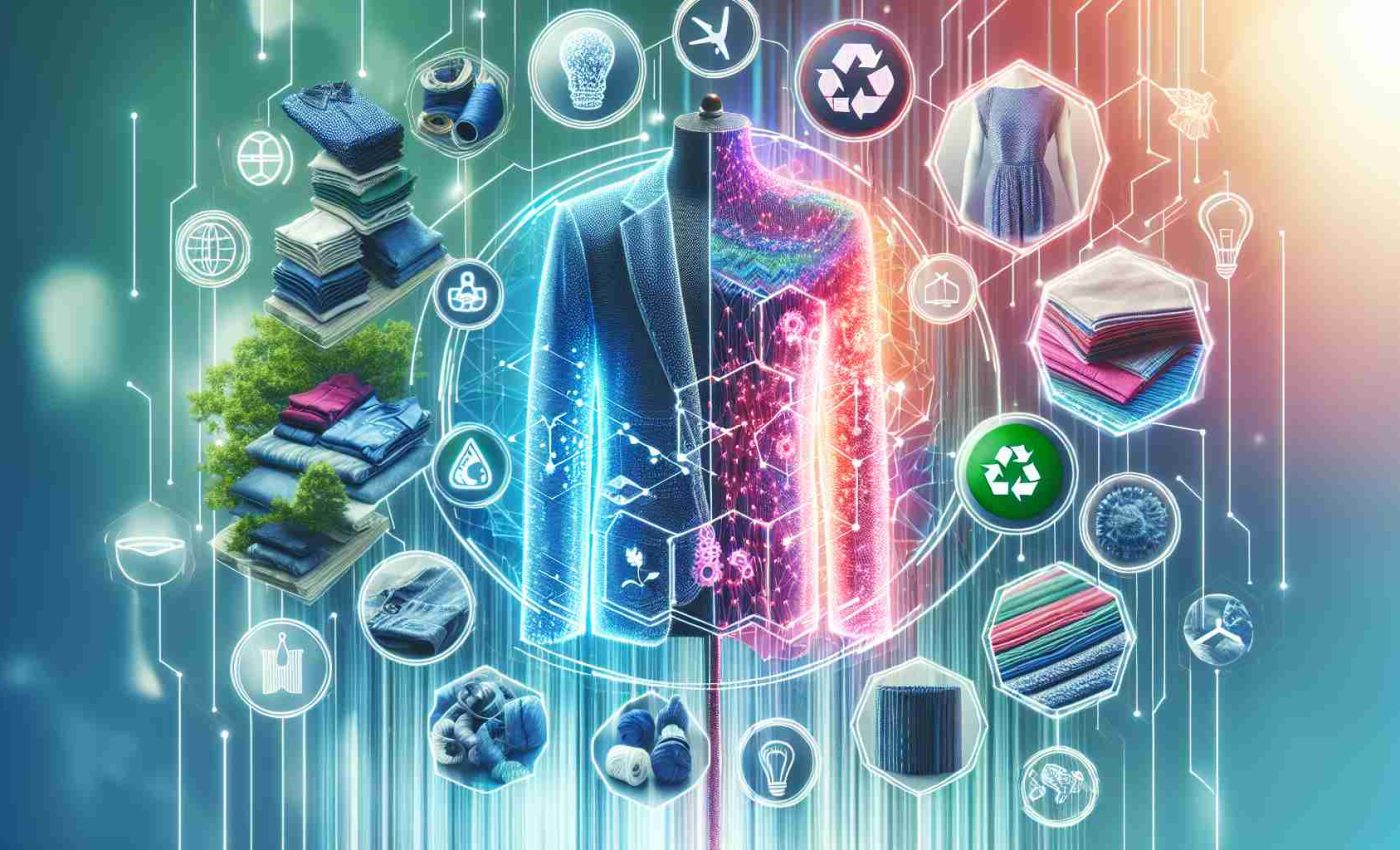The Fashion Industry’s Shift Towards Sustainability
The fashion industry is undergoing a significant transformation, grappling with its environmental and social impact. A recent report by the European Fashion Alliance (EFA) has highlighted both challenges and opportunities as the sector seeks to transition to more sustainable practices.
Growing Awareness Among Brands
The report notes that a substantial percentage of industry players have recognized the negative perception surrounding fashion. This awareness is largely fueled by social media, news reports, and various investigations into industry practices. Consumers are becoming more discerning about their purchases, leading brands to reevaluate their ethical and sustainable approaches.
However, transitioning to sustainable production models faces notable hurdles. European regulations, while crucial, are complex and particularly challenging for small and medium enterprises (SMEs) to navigate. Additionally, there is a skills gap in sustainability expertise, along with high costs linked to adopting innovative technologies and materials. The lack of uniform standards across Europe complicates product comparisons and transparent consumer communication.
A Roadmap for Progress
To address these barriers, the report proposes a strategic roadmap. It includes simplifying existing regulations and enhancing resources for businesses. Investment in training new professionals skilled in sustainability and circularity is essential to bridge the current skills gap.
SMEs, known for their artisan legacy and more sustainable production, often struggle against these new challenges. Targeted support, including financial incentives and guidance programs, is necessary to help them embrace the shift towards sustainable manufacturing processes.
Fashion Forward: The Essential Shift Towards Sustainable Practices
The Fashion Industry’s Shift Towards Sustainability
The fashion industry is at a pivotal juncture, increasingly prioritizing sustainability amidst growing environmental and social scrutiny. A recent report from the European Fashion Alliance (EFA) has shed light on the pressing challenges and promising opportunities that this sector faces as it strives for more eco-friendly practices.
Growing Awareness Among Brands
The heightened consumer awareness regarding environmental issues is reshaping the fashion landscape. A considerable number of brands have acknowledged the negative spotlight on the industry, largely driven by social media discussions, investigative journalism, and a broader societal shift toward sustainability.
Consumers are becoming more selective in their purchases, leading brands to critically assess their ethical standards and sustainable efforts. According to recent trends, approximately 70% of consumers now favor brands with environmentally friendly practices, highlighting the urgency for the fashion industry to adapt.
Challenges in Transitioning to Sustainability
Despite this growing awareness, significant barriers hinder the industry’s transition to sustainable production. Key challenges include:
1. Complex Regulations: The regulatory environment in Europe is intricate, posing difficulties primarily for small and medium enterprises (SMEs) striving to comply with varied sustainability standards.
2. Skills Gap: There is a notable shortage of professionals with expertise in sustainable methods and technologies. This gap remains a critical barrier to effective implementation of sustainable practices.
3. High Adoption Costs: Investing in innovative materials and technologies can be cost-prohibitive, especially for smaller brands.
4. Lack of Standardization: The absence of uniform standards makes it hard for consumers to evaluate sustainable practices across different brands transparently.
A Roadmap for Progress
To overcome these hurdles, the EFA report advocates for a comprehensive strategic roadmap. Key recommendations include:
– Regulatory Simplification: Streamlining complex regulations to make compliance easier, especially for SMEs.
– Professional Training Programs: Investing in educational initiatives aimed at cultivating a workforce skilled in sustainability and circular economy principles.
– Targeted Support for SMEs: Providing financial incentives and tailored guidance to help smaller brands implement sustainable practices without compromising their artisan traditions.
Pros and Cons of Sustainability in Fashion
Pros:
– Improved brand image and consumer loyalty.
– Access to new markets and customer segments focused on sustainability.
– Long-term cost savings through efficient practices.
Cons:
– Initial high costs of transitioning to sustainable materials and processes.
– Potential loss of existing customer base who may prioritize cost over sustainability.
– Complexity in navigating new regulations.
Trends and Innovations
The fashion industry is witnessing several innovative trends that support the shift toward sustainability:
– Circular Fashion: Brands are increasingly adopting circular fashion models, which promote the reuse and recycling of materials to minimize waste.
– Eco-friendly Materials: Innovations in biodegradable fabrics and sustainable sourcing are gaining traction.
– Digital Technology: With digital solutions such as 3D prototyping and virtual fitting, brands can reduce waste and improve efficiency.
Sustainability Predictions and Market Analysis
Industry experts predict that by 2025, the market for sustainable fashion could triple, with consumers opting for brands that prioritize environmental responsibility. This forecast is driven by the increasing consumer demand for transparency and sustainable practices across various sectors.
Conclusion
The fashion industry’s movement towards sustainability is not just a trend – it’s a necessity for future growth and consumer engagement. As brands navigate this complex landscape, the focus will likely shift from merely adopting sustainable practices to embedding them into the core ethos of their operations. To learn more about sustainability in fashion, you can visit the [European Fashion Alliance](https://www.europeanfashionalliance.com).







